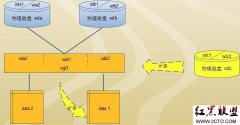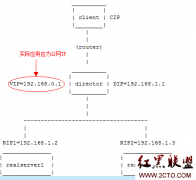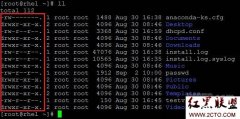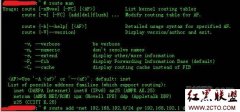THIS_MODULE详解
结构体struct module在内核中代表一个内核模块,通过insmod(实际执行init_module系统调用)把自己编写的内核模块插入内核时,模块便与一个 struct module结构体相关联,并成为内核的一部分。下面是结构体struct module的完整定义,接下来会逐个解释:
struct module
{
enum module_state state;
struct list_head list;
char name[MODULE_NAME_LEN];
struct module_kobject mkobj;
struct module_param_attrs *param_attrs;
const char *version;
const char *srcversion;
const struct kernel_symbol *syms;
unsigned int num_syms;
const unsigned long *crcs;
const struct kernel_symbol *gpl_syms;
unsigned int num_gpl_syms;
const unsigned long *gpl_crcs;
unsigned int num_exentries;
const struct exception_table_entry *extable;
int (*init)(void);
void *module_init;
void *module_core;
unsigned long init_size, core_size;
unsigned long init_text_size, core_text_size;
struct mod_arch_specific arch;
int unsafe;
int license_gplok;
#ifdef CONFIG_MODULE_UNLOAD
struct module_ref ref[NR_CPUS];
struct list_head modules_which_use_me;
struct task_struct *waiter;
void (*exit)(void);
#endif
#ifdef CONFIG_KALLSYMS
Elf_Sym *symtab;
unsigned long num_symtab;
char *strtab;
struct module_sect_attrs *sect_attrs;
#endif
void *percpu;
char *args;
};
我们插入一个内核模块,一般会使用工具insmod,该工具实际上调用了系统调用init_module,在该系统调用函数中,首先调用 load_module,把用户空间传入的整个内核模块文件创建成一个内核模块,返回一个struct module结构体。内核中便以这个结构体代表这个内核模块。
state是模块当前的状态。它是一个枚举型变量,可取的值为:MODULE_STATE_LIVE,MODULE_STATE_COMING,MODULE_STATE_GOING。分别表示模块当前正常使用中(存活状态),模块当前正在被加载,模块当前正在被卸载。load_module函数中完成模块的部分创建工作后,把状态置为 MODULE_STATE_COMING,sys_init_module函数中完成模块的全部初始化工作后(包括把模块加入全局的模块列表,调用模块本身的初始化函数),把模块状态置为MODULE_STATE_LIVE,最后,使用rmmod工具卸载模块时,会调用系统调用 delete_module,会把模块的状态置为MODULE_STATE_GOING。这是模块内部维护的一个状态。
list是作为一个列表的成员,所有的内核模块都被维护在一个全局链表中,链表头是一个全局变量struct module *modules。任何一个新创建的模块,都会被加入到这个链表的头部,通过modules->n
相关新闻>>
- 发表评论
-
- 最新评论 进入详细评论页>>







